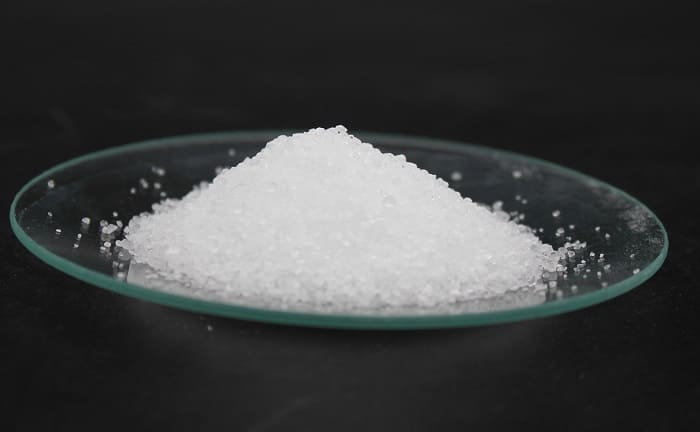Maintaining cleanliness in the home and frequently used items, such as the stove or bathtub, can be a real headache if dirt, grease, and dust accumulate. However, maintaining good hygiene brings an indescribable sense of peace and satisfaction.
There are hundreds and very varied special chemical products to clean every area and surface at home. Still, undoubtedly home remedies continue to score as the favorites for their effectiveness, low or almost no toxicity, and for being much more economical. One of the most sought-after is citric acid.
In this article, we tell you how to clean with citric acid, what are its most popular uses and how to take advantage of its properties to remove stains, stuck grease, and encrusted dirt. You will be surprised by its power!
7 incredible ways to clean with citric acid
This powder is commonly known to be an organic preservative, natural antioxidant, acidulant, flavoring agent for confectionery and processed beverages, and widely used in the cosmetic, food, and pharmaceutical industries. Citric acid is present in some vegetables and citrus fruits such as lemon, orange, grapefruit and tangerine, in living organisms such as mold or you can also buy it in powdered form in supermarkets, department stores and even on Amazon.
In addition, it is an effective ally to cleaning different areas and is a powerful disinfectant. It is a great remover of lime, scale, and hard water stains on faucets, bathroom objects, or appliances such as the washing machine or dishwasher, descaling very persistent dirt on plastics, and is ideal for removing rust on metals. Learn how to use it and get the most out of it!
Removes stains and dirt from the floor
It fights stains on lamps, carpets, curtains, and floors while disinfecting these surfaces. For floor cleaning, fill a basin with warm water, dissolve a cup of citric acid, mop as you normally would, and then wash with detergent.
For lamps, carpets, or curtain fabrics, prepare a solution with warm water and a small amount of the product, pour it into a spray bottle and spray abundantly over the surface, rub with a tissue and finally wash with soap and water and dry.
Note: This method works very well for shining and disinfecting bathroom or kitchen tiles.
Toilet unclogging and disinfection
There are countless products used tounclog toilets and drains.However, citric acid is much less abrasive and fulfills the same objective as the rest while disinfecting the toilet. Add 30 grams of citric acid to the drain, 20 grams of baking soda, and a liter and a half of warm water, then rub with the brush and flush the toilet at the end.
Removal of rust and grease
Make a paste with a little water and citric acid, and apply just where the rusty area is with the help of a sponge or cloth, rubbing with special insistence on the most stubborn parts. Let it sit for 15 minutes and scrub with a stiff bristle brush until the rust is removed and the shine is restored. Rinse and dry with a cloth.
This same mixture can be used on stainless steel appliances and surfaces to remove adhering grease.
Whitens fabrics
Like other household cleaning items such as vinegar and baking soda, citric acid is another great helper when it comes to fading marks on fabrics, bleaching clothes and dispelling unpleasant odors. Soak the garments for a couple of hours in a basin full of water and citric acid (15 grams per liter), then wash them as usual by hand or in the washing machine.
Don’t forget it! This acid is a powerful bleach, only recommended for white or very light fabrics.
Polishes glass objects
Mix citric acid and water in a spray bottle and spray on those objects that have lost their shine, such as mirrors and windows; remove with a microfiber or lint-free tissue. With the same composition, you can clean glasses, ornaments, picture frames, mugs,, etc. You will notice how your glass sparkles!
Removes burnt spots from pots, pans and other utensils
This hack is ideal for heavily soiled pots, pans, and even cutlery. To put it into practice, add three tablespoons of citric acid to a bucket or large container filled with boiling water, insert the utensil inside and let it soak for 30 minutes.
If the residues do not come off by themselves, rub with a sponge – becareful! Do not damage the non-stick coating if you have it. After the process, rinse with soap and water and dry well.